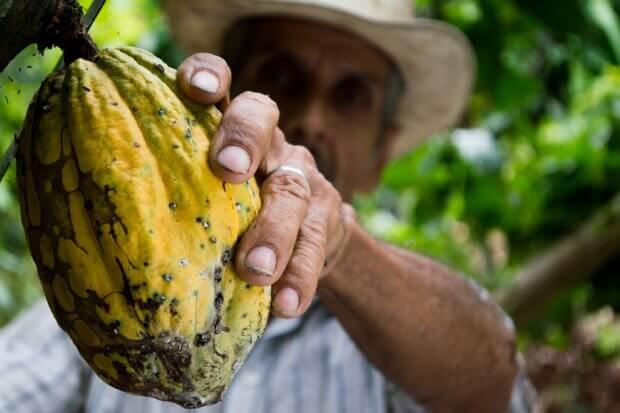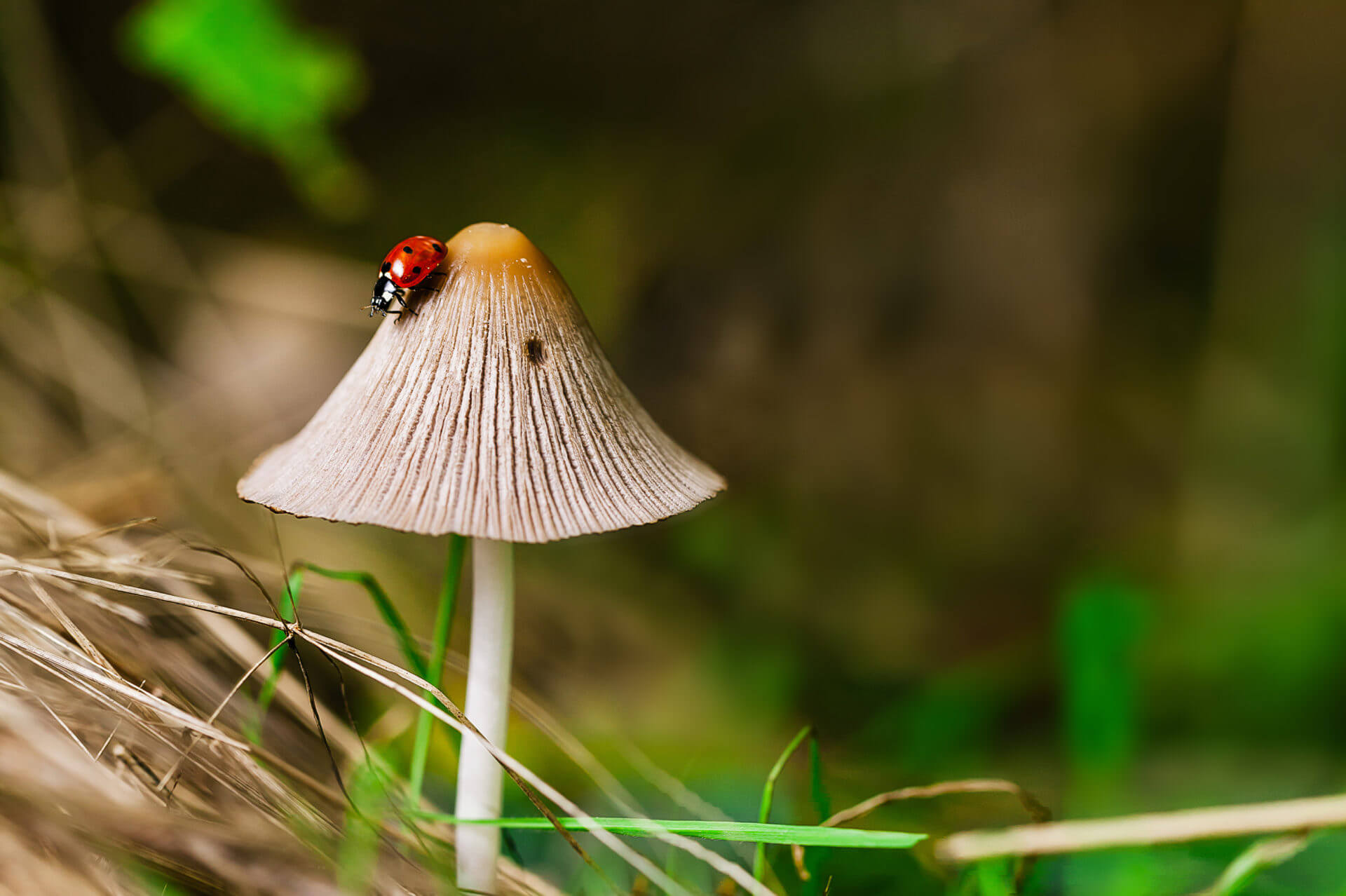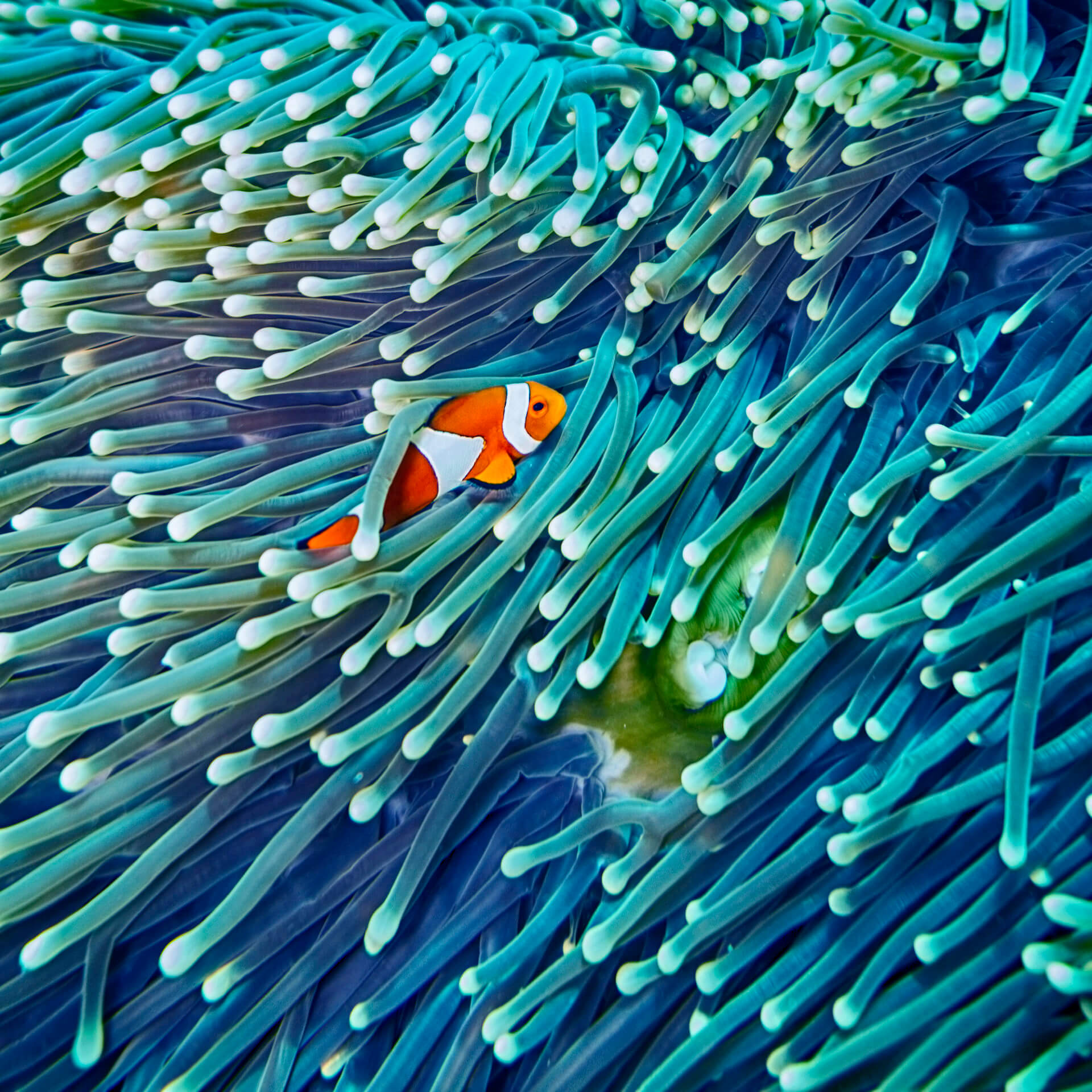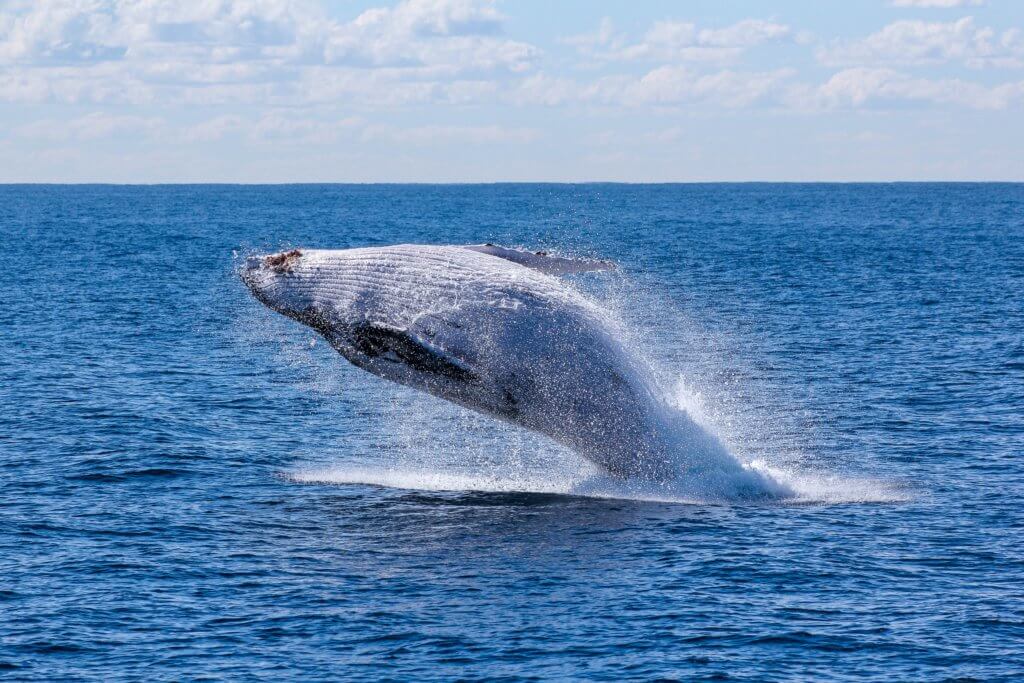
Noise pollution: a danger for cetaceans
Maritime traffic, sonars, oil drilling, gas extraction, offshore wind farms… The sea is no more an ocean of silence. To the point that noise pollution now represents a serious threat to cetaceans that use sounds to communicate and echolocation to direct themselves and hunt.
Gigantic volumes of water, depths of thousands of kilometers… This is the environment in which cetaceans have been living in for millions of years… In order to survive in such a surrounding where light is close to non-existent (sometimes imperceptible) but where sound travels faster and further than in air, cetaceans have developed a powerful sense of hearing and a vaster range of voice signals. Cetaceans bet much more on their ears than their eyes to understand their environment, to communicate, to orientate themselves, to hunt, to find a congener and to spot eventual threats.
The world of underwater sounds
Underwater noise pollution is composed of several types of noises. The utilization of sonars in boats or in military activity, as well as underwater seismic prospecting, emit powerful and repeated sounds while boats create a permanent background noise, omnipresent at low frequencies.
This agitation isn’t without consequence for these underwater mammals: confusion in communication between them, change of behavior, abandonment of feeding areas, disorientation leading to stranding, temporary or permanent deafness, internal bleeding, stress having repercussions on reproduction rates,… Perturbations vary and can sometimes be fatal.
Noise pollution unfortunately has been recorded to be on the rise due to the permanent increase of activities that are the source. The amount of boats in circulation has risen by 9% in barely five years. Since sounds travels far in water, the noise is omnipresent and cetaceans cannot escape from it.
Diverse measures have been recommended by scientists to stem noise pollution such as slowing boats down, the conception of boats that make less noise and the development of alternative methods for seismic prospecting. But for now, there are no standards to limit the noise emitted by boats. As for louder noises (sonars, explosions, forages, etc.), they are absent from international regulations and rarely taken into account by national legislations.
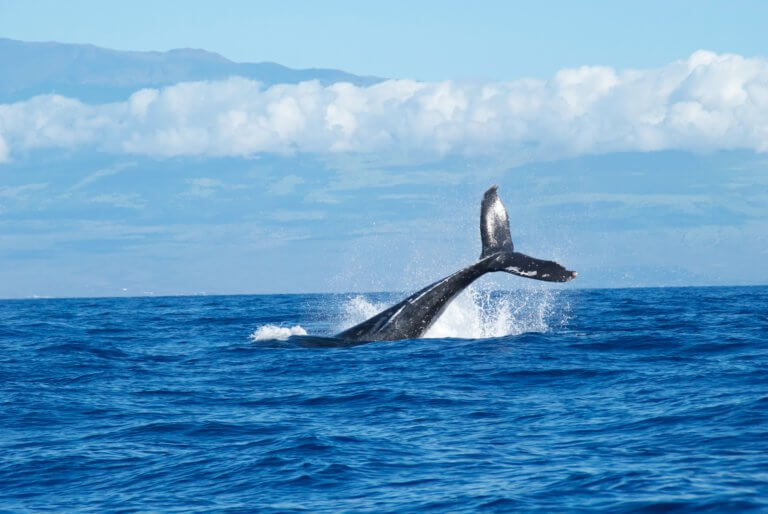
Belgians and whales
Our country is a part of the International Whaling Commission (IWC) since 2004. Even if this organization now contains 87 member states that regulate whaling, the IWC now concerns itself about other threats towards cetaceans.
The IWC is a poorly known organization. However, it plays a major role in scientific research, organizes work groups and gives numerous recommendations for the conservation of whales. During its last meeting in October 2016, the IWC has recognized noise pollution as a serious threat and has declared that measures have to be taken fast. The Commission underlined that we must light this problem up in the eyes of the International Maritime Organization (IMO) that is qualified in terms of boating techniques and international waters.
The Belgian commissioner Stephanie Langerock follows the dossier of aquamarine mammals by the DG Environment of the FPS Health, Food chain safety and Environement. Our country is very active in the IWC since it has been elected as president of two important work groups. The Standing Working Group of the Bycatch Mitigation Initiative works on limiting bycatch and the Voluntary Conservation Fund aims to find funding for the activities to conserve whales. In October 2016, Belgium became a member of a third fundamental group for the survival of whales: the Southern Ocean Research Partnership. This partnership of twelve countries aims to promote the protection of whales without killing them. It counterbalances the Japanese idea of killing whales for scientific research. The support of our country in this partnership takes shape as scientific research dedicated to the conservation and the protection of cetaceans.
To support Belgian representatives, a group of experts has been created. The Belgian cetaceans network brings together scientists, terrain associations, NGOs, companies and political decision-makers. Its objective is to prepare the political decisions of our country at national and international levels.
Other research programs are conducted in Belgium by the Royal Institute of Natural Sciences of Belgium as well as university researchers. These researchers are more focused on the cetaceans of the North Sea and in Antarctica are equally recognized.
For more information on cetaceans :
- https://www.health.belgium.be/en/environment/seas-oceans-and-antarctica/cetaceans-whales-dolphins-and-porpoises
- Brochure_”Ships_whales_and_dolphins_towards_a_better_cohabitation”
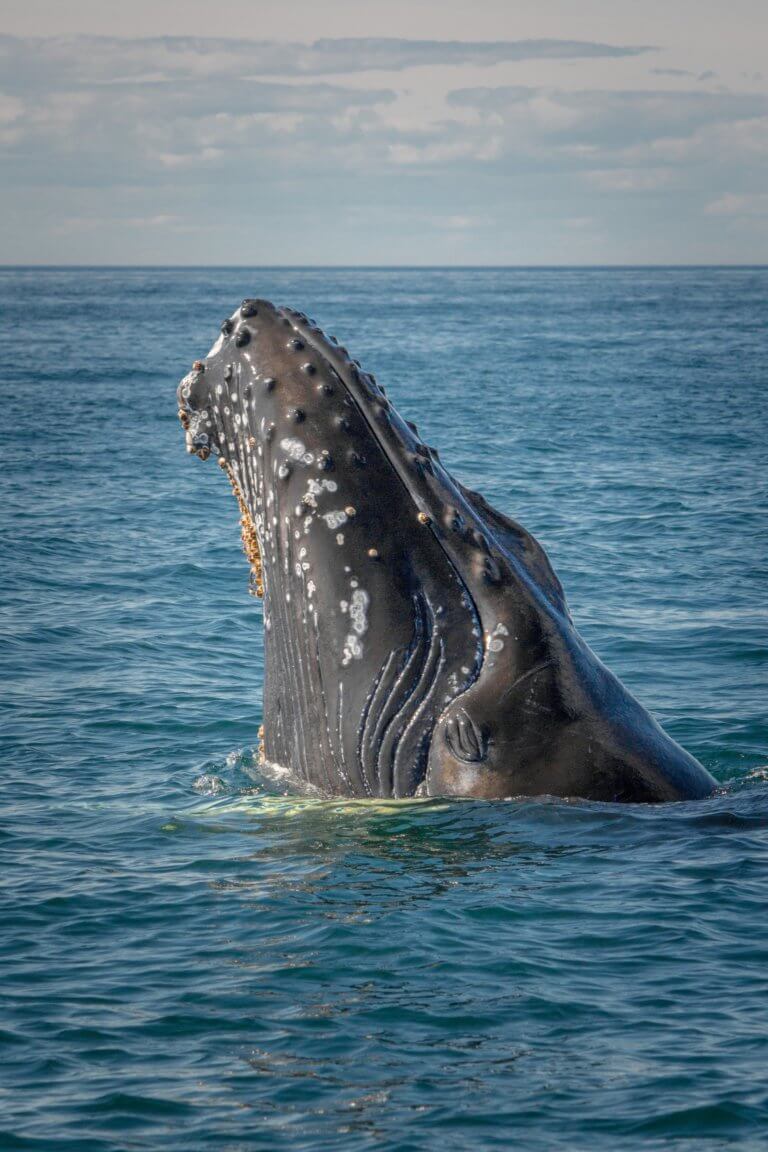
Actus Associés

Regenerative development and design: improving governance, innovation and planetary health
Humans have pushed several planetary boundaries out of their safe operating space and inequalities within and between countries are rising… Our current societal and environmental challenges require a meta-response. This is what Regenerative Development and Design (RDD) aims to bring.
See more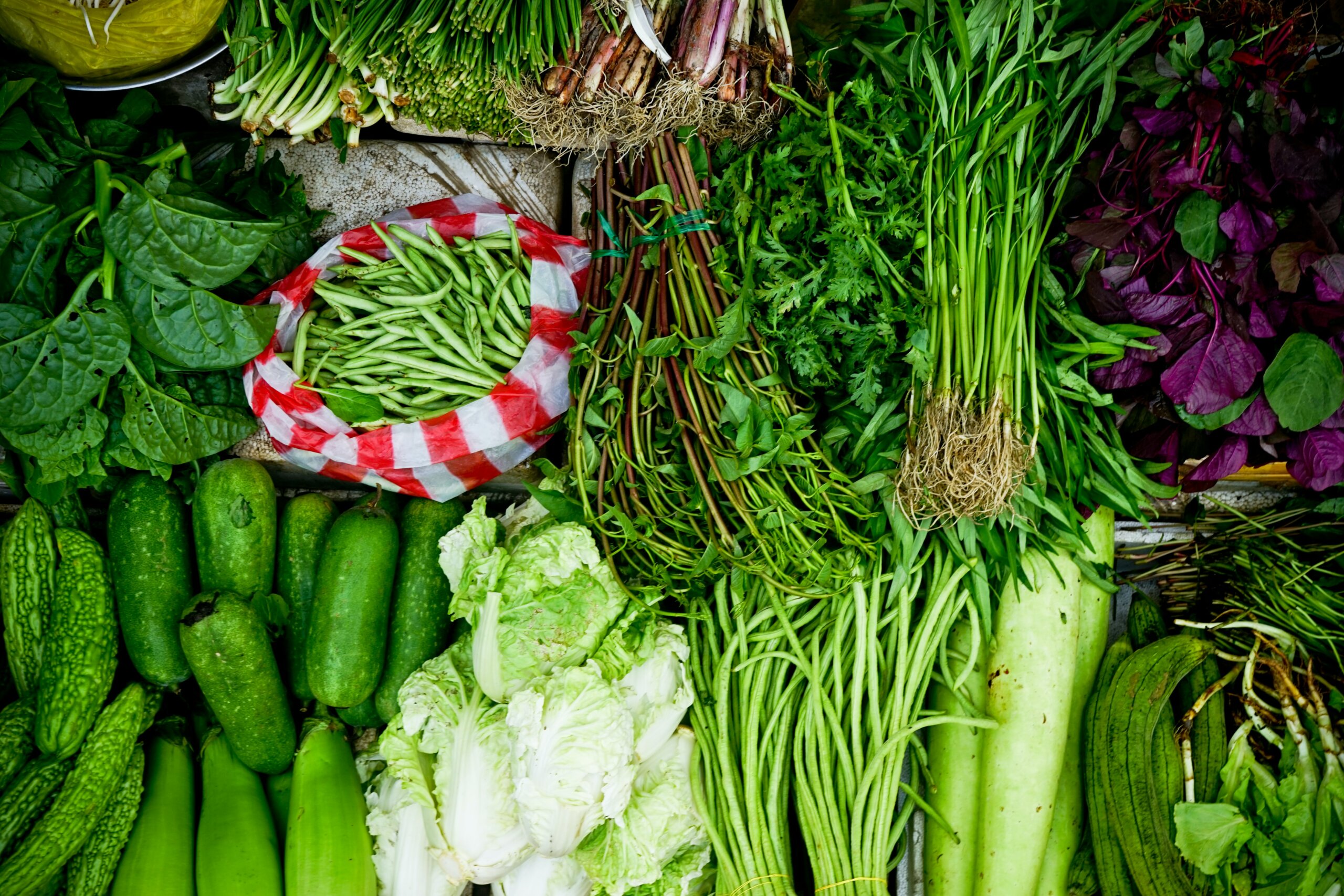
Save biodiversity by eating better
Our food choices have significant effects on biodiversity and ecosystems, but also on our health. Among other things, intensive meat production is responsible for the destruction of many ecosystems around the world and excessive meat consumption is a source of various diseases. Yet demand is growing on an increasingly populated planet with limited natural resources. As individuals, do we have a role to play in mitigating this trend in a globalised world? The answer is yes!
See more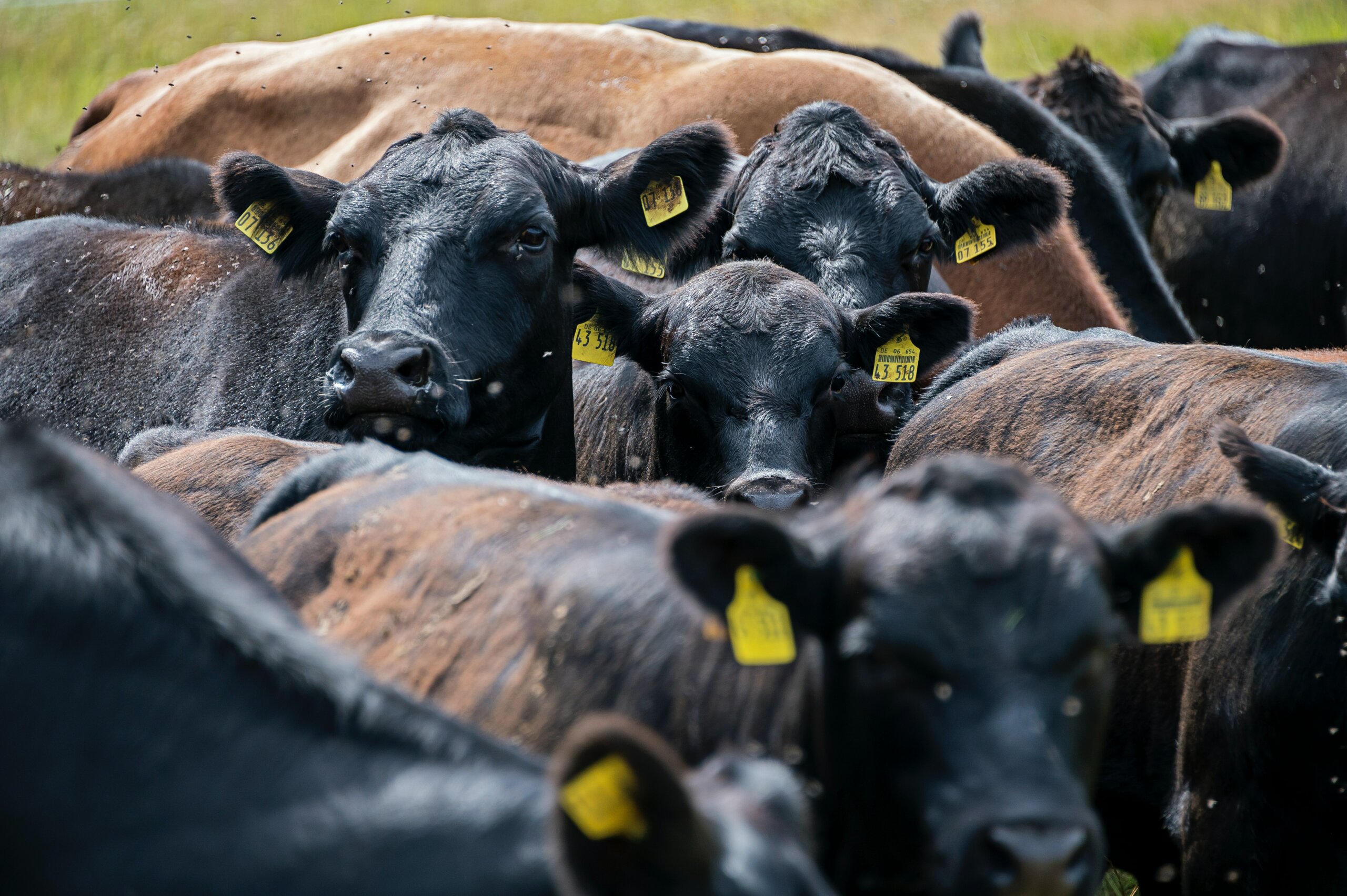
A very meaty diet: what consequences for biodiversity?
Did you know that, in the European Union, the food industry is the main cause of environmental damage, followed by housing and mobility?[1] Although many consumers are aware of this, we tend to underestimate the effects of our eating habits on the environment.[2] While this is not good news, it does mean that our choices can make a real difference. But can we really protect biodiversity at mealtimes?
See more

